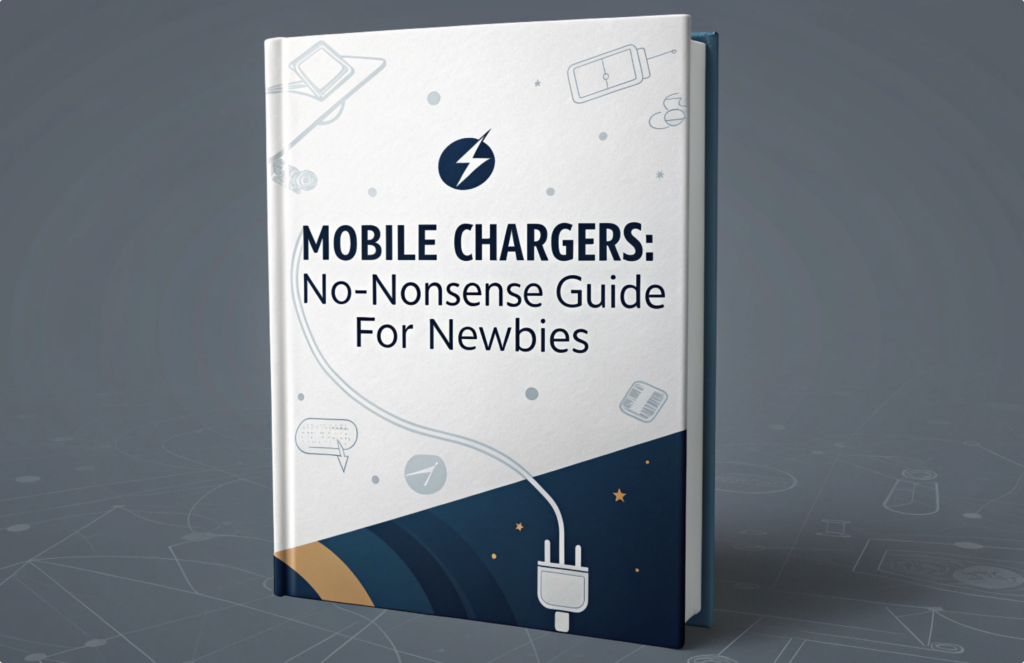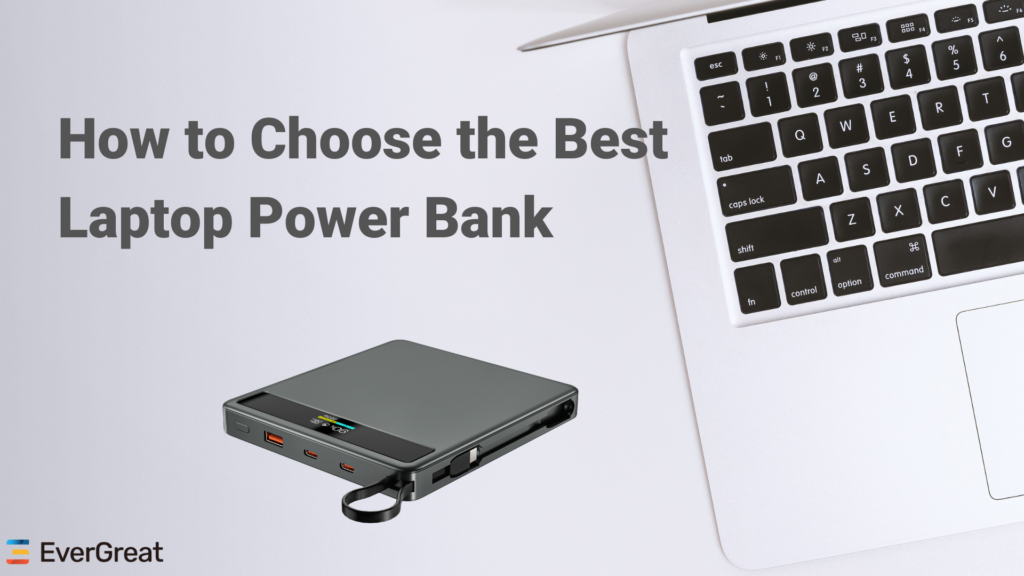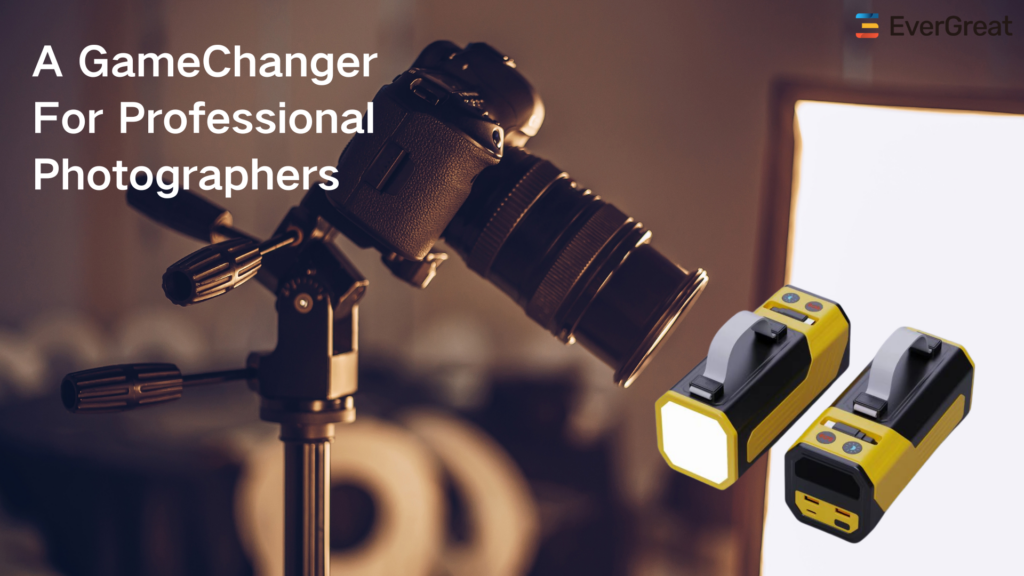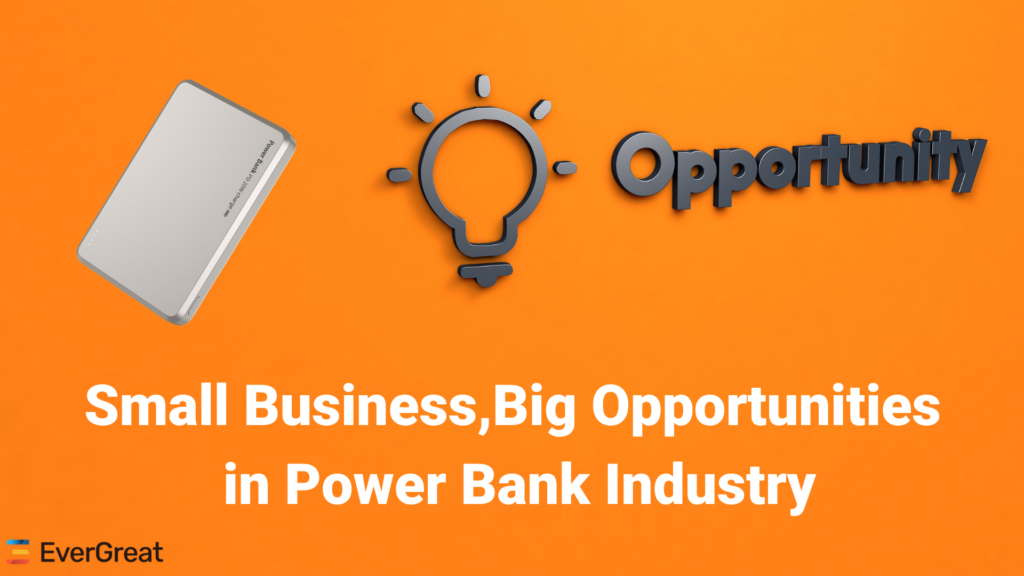
A power bank can be simply understood as: a rechargeable battery that can be used to charge other devices when you can’t use a regular wall charger to charge electronic products.
They range in size from tiny pocket devices to larger high-capacity power banks – they can be used to charge phones, tablets, cameras, portable speakers, game consoles and even laptops.
What are the technologies of power bank?
Even though, as mentioned earlier, power banks look basic, they have some pretty sophisticated technology built into them. For example, in order to reduce the risk of failure, many safety functions have been added: overcharge protection, over-discharge protection, short circuit protection, etc.
Other common types of technologies include: pass-through charging, wireless charging, and fast charging technologies such as Qualcomm Quick Charge, Power Delivery, or Power IQ. Some newer models even feature future battery technologies such as GaN or graphene technology.
How does the power bank work?
They first store energy to maximum capacity and then release it when connected to different devices that need to be charged. That’s the basic gist of it. And how to achieve it, you can refer to our related article how does power bank work.
What are the different types of power banks?
Power banks come in many different shapes and sizes to suit different budgets and power needs, as well as to meet people’s ever-increasing aesthetic and consumer needs.
In terms of functions: At present, everyone prefers magnetic charging treasures, which do not need to bring cables, making the portability to the extreme. Secondly, there are some mobile power sources that work by using solar energy, and can save energy in addition to charging.
In terms of appearance: the most popular shape is the rectangular, but there are also cylindrical. The current consumption trend is mainly based on portability and small size.
How to charge the power bank?
All power banks have a power input port. But with the development of technology, micro USB used to be the most popular, but now it has been almost replaced by USB Type-C port. So if you’re shopping for a new power bank, our advice is to look for a power bank with a USB Type-C input port.
The most efficient way to charge a power bank is to use a wall charger that provides high power output. For example, using an inferior wall charger that only delivers 2A can extend the charging time by several hours. Such as 65W, 140W and other charging heads. Another way to charge a power bank is to use a charging station.
Other ways to charge the power bank are to use your laptop’s USB port, your car’s cigarette lighter, or to use a solar charger. However, all of these methods are slower and you should avoid using them unless you don’t have access to a wall charger.
How long does it take to charge the power bank?
This largely depends on the size of your power bank capacity. The higher the capacity of the power bank you decide to buy, the longer it will take to charge. But other factors can also affect charging speed, such as the charging technology used. For example, you buy a power bank with fast charging function, which will charge faster than usual.
According to our experience, for a 10000mAh power bank, the average charging time is around 4-6 hours. The fastest can be fully charged in 1 hour, and the slowest can take up to 8 hours to fully charge. Of course, this is also proportional to the price.
What type of batteries do power banks use?
Power banks generally come with either Lithium-Polymer (Li-Po) and Lithium-Ion (Li-Ion) batteries. Of the two Li-Ion power banks are more popular.
In terms of differences between these two types:
Lithium-Polymer batteries have a higher energy density but they tend to have a shorter lifespan and are also more expensive to manufacture. They’re also less prone to explosion.
Lithium-Ion batteries, on the other hand, have a slightly lower energy density but they can withstand more charge/discharge cycles and are generally less expensive.
For a more in-depth look at this subject, check out our article: Lithium-ion vs Lithium-polymer power banks. Which is better?
Reasons to buy a power bank
- Travel
Because of the current travel, we not only bring clothes, but also various electronic devices, computers, cameras, game consoles, etc. Because it will take a long time on the road, you need a power bank very much at this time to solve your worries about low power.
- Camping/Outdoor Activities
With the COVID-19 outbreak, nothing beats escaping to the outdoors. But what if you want to stay connected to the digital world while enjoying all that nature has to offer? You might want to upload photos to Instagram, play music on a portable speaker, or charge your camera battery. This is where portable power banks can come into play.
- Portability
This is also a major trend in the development of power banks. Many people don’t realize how small portable power banks and phone chargers are. Many are small enough to fit in a pocket or purse. Almost all but the most industrial-strength devices are portable enough to fit in a backpack or shoulder bag.
- Commuting
Not everyone’s office is next to their home, and more of them spend 1-2 hours a day on the subway or bus. At this time, as long as you hold a power bank in your hand, you can let you pass the time in the car.
- For work
Here are some careers that really benefit from buying a portable power bank:
1. Photographers can keep the camera battery fully charged while out shooting.
2. Realtors are constantly driving around their hometowns showing properties to clients and always on their phones.
3. Sales jobs often involve a lot of travel, and a lot of laptop/phone/tablet use.
4. People in trades such as plumbers, electricians and plumbers need to drive from one job site to another and are often away from power sources for long periods of time.
5. Small business owners need their phones to keep their businesses running. Being an owner usually requires a lot of travel.
6. For safety
Mobile phones have become an integral part of today’s world. One benefit of your phone that you may not have considered is your own personal safety. Your phone is your connection to the outside world. Consider you walking home alone at night, followed by an ugly looking person. This can be a dire situation, and it can be very dangerous. Just give the police or a friend or family member a call and they will come to help you.
Now think about the situation again and imagine your phone battery is dead! You can’t contact anyone for help, which is a situation I know I don’t want to be in. With a portable power bank or phone charger, you can ensure that your phone’s battery is always fully charged.
I hope that the above sharing of all aspects of power bank can bring you a little help, and I hope more people can learn about mobile power and truly appreciate the benefits it brings.









